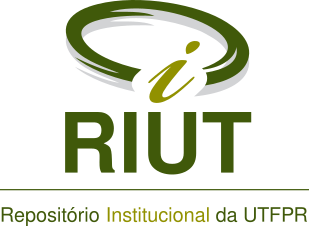Cereal bar with cassava bagasse: chemical composition and sensory acceptance
Resumo
Cassava bagasse, regarded as an agricultural residue can be used as raw material in the development of new products. Cereal bars are foods that have increasingly gained consumers because of the practical use. The objective of this study was to evaluate the effect of adding cassava bagasse (0, 8 and 25%) on the chemical composition and sensory acceptance of coconut cereal bars with Brazil nuts. Cereal bars with cassava bagasse had higher moisture, protein and carbohydrates (fiber) contents than cereal bars without bagasse, lower ash contents and similar fat content. The addition of cassava bagasse caused a decrease in the acceptance of the cereal bars only in the concentration of 25%, however, the products had hedonic values greater than 7 in a 9-point hedonic scale and acceptability indices higher than 80%, indicating that consumers moderately liked them. It can be concluded that the use of up to 25% cassava bagasse in the cereal bar formulation yields products with improved nutritional value and appropriated consumer acceptance. The addition of cassava bagasse to food products is a good alternative in the use of this byproduct, due to the sensory characteristics of the obtained products and the reduction of production costs, because the cassava bagasse has low cost and increases the production yield.
Palavras-chave
Texto completo:
PDFDOI: 10.3895/rebrapa.v7n2.3520
Apontamentos
- Não há apontamentos.
Direitos autorais 2016 Revista Brasileira de Pesquisa em Alimentos

Esta obra está licenciada sob uma licença Creative Commons Atribuição 4.0 Internacional.





